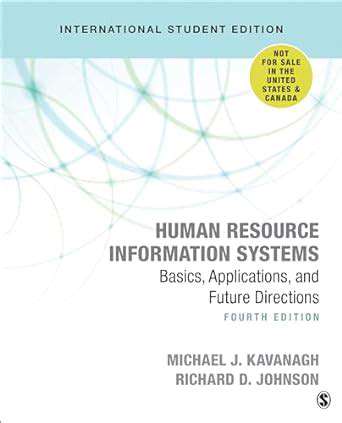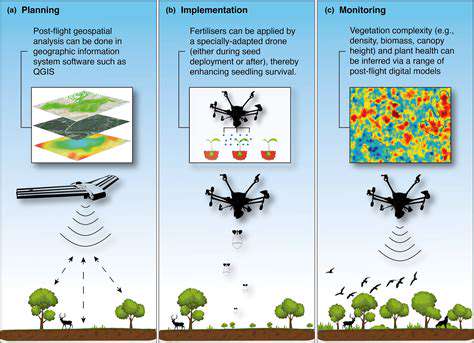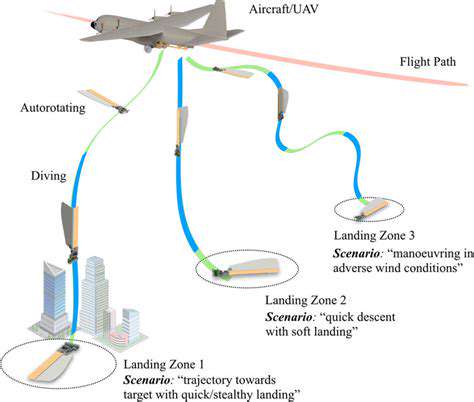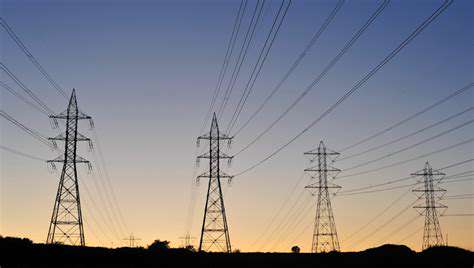
Types of Satellites and Their Instruments
Geostationary Satellites
Geostationary satellites orbit Earth at the same rate as Earth rotates, appearing stationary above a fixed point on the equator. This allows them to continuously monitor a specific region, providing crucial data for weather forecasting. Their long-term observation capabilities are invaluable for tracking large-scale weather patterns, such as hurricanes and the movement of high-pressure systems. These satellites are equipped with advanced instruments for observing atmospheric conditions.
A key instrument on geostationary satellites is the Microwave Sounder. These sophisticated instruments measure the temperature and moisture content of the atmosphere at various altitudes, providing a detailed vertical profile of the atmosphere. This information is critical for understanding the thermodynamic structure of weather systems and predicting their evolution.
Polar-Orbiting Satellites
Polar-orbiting satellites, in contrast to geostationary satellites, orbit Earth from pole to pole. This unique orbit allows them to sweep across the entire globe, providing a comprehensive view of atmospheric conditions. Their frequent coverage is essential for detecting subtle changes in weather patterns and identifying developing storms.
A crucial instrument on these satellites is the Visible and Infrared Imaging Radiometer (VIIRS). This instrument captures images of the Earth's surface and atmosphere in various wavelengths, including visible and infrared light. The infrared data allows for the determination of cloud temperatures and surface temperatures, while the visible imagery provides crucial information on cloud cover, precipitation, and the overall state of the atmosphere.
Meteorological Satellites
Meteorological satellites are a specialized subset of satellites explicitly designed for observing Earth's atmosphere. Their primary function is to monitor weather patterns, track storms, and provide data for numerical weather prediction models. They play a critical role in short-term and long-term forecasting.
These satellites often carry a suite of instruments, including cameras for imaging clouds and precipitation, and sensors for measuring temperature, humidity, and wind speed. This comprehensive suite of data is indispensable for understanding and predicting weather phenomena.
Navigation Satellites
Navigation satellites, often part of global positioning systems (GPS), don't directly measure weather, but they're crucial for precise location data. This data is essential for weather forecasting models. Knowing the precise location of weather stations and other data collection points is vital for accurate model input and output.
Their accuracy in determining latitude and longitude allows meteorologists to precisely track weather systems, plot the movement of storms, and understand the dynamics of atmospheric circulation. This data enhances the accuracy of weather forecasting models.
Cloud-Resolving Satellites
Cloud-resolving satellites aim to provide extremely high-resolution data of weather systems. This detailed view allows for better understanding of the complex interactions within storms, improving short-term forecasting accuracy.
They often carry advanced instruments capable of measuring atmospheric parameters with unprecedented detail. This includes high-resolution imagery, Doppler radar, and other specialized sensors to capture the intricacies of cloud development and movement within storms.
Lightning Detection Satellites
These satellites are designed to monitor lightning activity globally. Lightning is a crucial indicator of severe weather and can help forecast severe thunderstorm development.
The data collected helps meteorologists identify potential areas of high risk for severe storms and flash floods. It allows for better warning systems and more accurate predictions of these dangerous weather events.
Weather Radar Satellites
Weather radar satellites are becoming increasingly important for providing a comprehensive view of precipitation patterns. They use radar to detect precipitation, including rain, snow, and hail, with high accuracy and spatial resolution.
The data is crucial for understanding the intensity and distribution of precipitation, which is a key factor in forecasting flooding and other weather-related hazards. The ability to observe precipitation in real-time is a significant advancement for weather forecasting.
Satellite Data in Numerical Weather Prediction (NWP) Models
Satellite Data Acquisition and Transmission
Satellite data acquisition in weather forecasting relies on sophisticated instruments onboard various satellites orbiting Earth. These instruments, such as infrared (IR) and microwave radiometers, collect data across a wide range of wavelengths, providing information about atmospheric temperature profiles, humidity, cloud cover, and surface temperatures. The collected data is then transmitted to ground stations for processing and incorporation into numerical weather prediction (NWP) models.
The transmission process involves several steps, including signal amplification, encoding, and modulation to ensure accurate data transmission across vast distances. Satellite-to-ground communication systems are designed to withstand varying atmospheric conditions and maintain high data rates, enabling efficient delivery of critical weather information. The reliability of these systems is paramount, as any interruption can directly impact the accuracy of weather forecasts.
Data Processing and Calibration
Raw satellite data, directly from the sensor, isn't suitable for direct use in NWP models. Extensive processing and calibration procedures are essential to ensure accuracy and consistency. These procedures include atmospheric correction, which accounts for the effects of atmospheric absorption and scattering on the satellite measurements. Calibration also involves comparing the satellite data to ground-based measurements to ensure accuracy and consistency.
Calibration and validation are crucial steps in ensuring the quality and reliability of the data. Different satellite instruments have unique calibration requirements, which are meticulously addressed to maintain the integrity of the data stream. This process ensures that the data used in the NWP models accurately reflects the real-world conditions.
Integration into NWP Models
The processed satellite data is then integrated into the complex algorithms of NWP models. These models use sophisticated mathematical equations to simulate the evolution of atmospheric variables over time, and the satellite data plays a critical role in initializing and refining these simulations. The data helps in providing initial conditions for the models, and ongoing updates throughout the forecast period. This integration improves the accuracy and reliability of the forecasts.
Types of Satellite Data Used
Various types of satellite data are employed in NWP models, each contributing unique information. Microwave data, for example, provides insights into atmospheric moisture content even through cloud cover. Infrared data allows for the determination of temperature profiles within the atmosphere. Visible imagery provides crucial information on cloud characteristics, helping in identifying and tracking weather systems.
The combination of these diverse data types provides a comprehensive picture of the atmosphere, allowing for more accurate predictions of future weather conditions. The choice of specific data types depends on the particular weather phenomena being modeled and the limitations of each data source.
Challenges in Utilizing Satellite Data
Despite its crucial role, using satellite data in NWP models presents several challenges. One key challenge is the inherent limitations of satellite sensors, such as spatial and temporal resolution. These limitations can affect the accuracy of the data, especially in resolving small-scale weather features. Another challenge involves the need for accurate data calibration and validation to ensure that the data is representative of real-world conditions.
Future Trends and Advancements
Ongoing advancements in satellite technology are continuously improving the quality and quantity of data available for NWP models. Future satellites with enhanced resolution and sensitivity are expected to provide more detailed information on a wider range of atmospheric parameters. Furthermore, the integration of artificial intelligence and machine learning algorithms with satellite data analysis is likely to revolutionize weather forecasting, enabling more accurate and timely predictions.
Advancements in data processing techniques, along with improved algorithms for integrating satellite data into NWP models, are expected to significantly enhance the accuracy and precision of weather predictions in the future.











